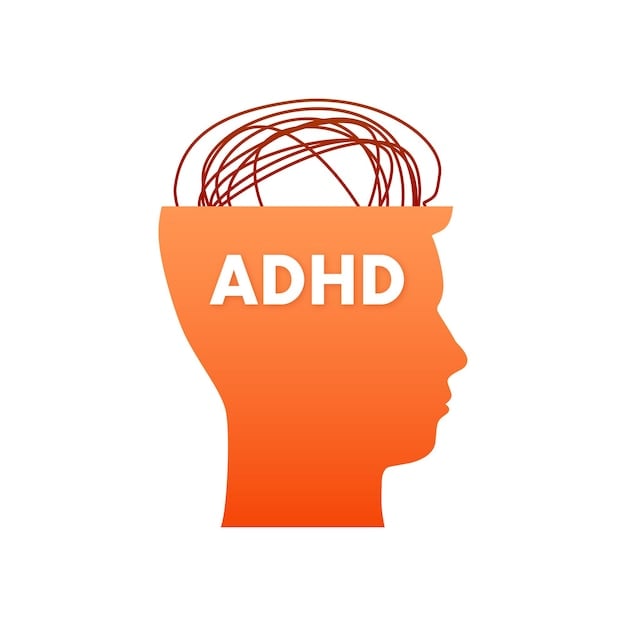

No, the NTSB said that Boeing hadn’t provided them with the records, not that orders for the reinstallation hadn’t been made. Boeing is now trying to blame the lack of records to follow-up on on employees, even though none of the work should have been possible without the records existing in the first place.
Boeing absolutely shouldn’t be trying to get out ahead of the NTSB investigation with their own deflecting interpretation of what the NTSB has uncovered and shared with Boeing, which is probably along the lines of the anonymous whistleblower from a few months ago who detailed failings in the record keeping process before the senate hearings revealed that Boeing hadn’t provided the NTSB with the records (which according to the anonymous whistleblower didn’t exist because they were never created)












No, terrible record keeping is exactly what caused this, according to the anonymous whistleblower: warranty work on the door was performed without any records being created for it due to boeing keeping two record keeping systems, one that was the system of record and one that was used as visibility for management.